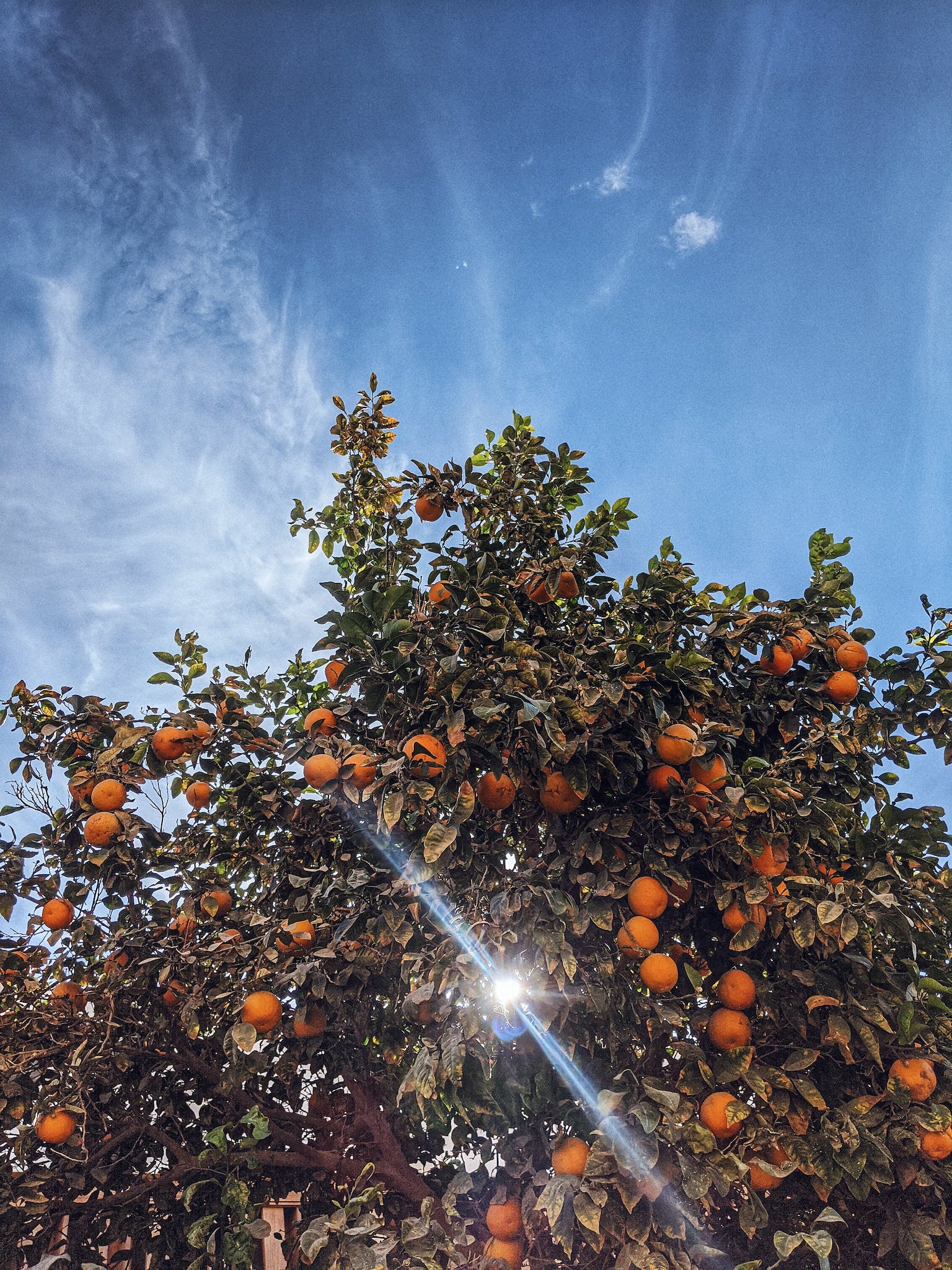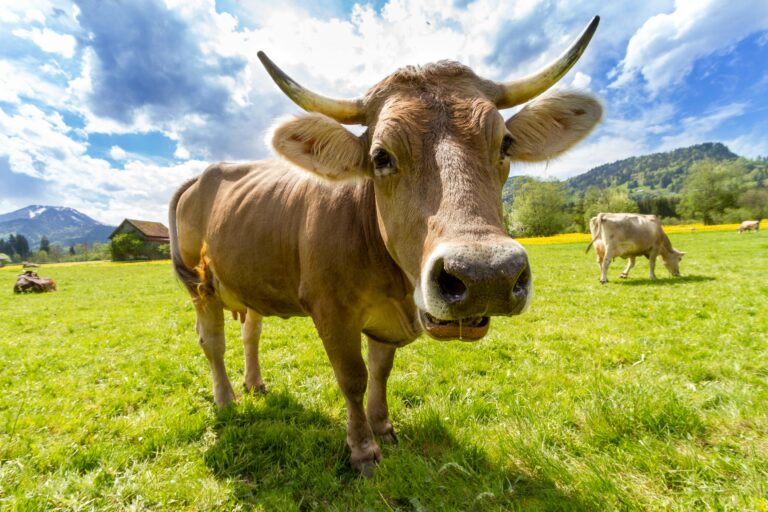How the Climate Crisis Could Ruin America’s Favorite Holiday Foods

Oranges
- Top producing state: California
- Top export market: South Korea
- Value of US exports: $220.7 million
Oranges are among the most popular and widely-grown fruits in the world. The citrus fruit is grown throughout Africa, Asia, the Mediterranean, North America, and South America.
The price of orange juice reached an all-time high in October this year largely due to producers in former top orange-producing state Florida getting slammed by a succession of disasters last year – all made more likely by climate change. California, which has had growing citrus production due in part to higher precipitation, is now the nation’s top orange producer.
Florida bore the brunt of Hurricanes Ian and Nicole, then freezing temperatures caused widespread damage across the Sunshine state. The only disaster that could be worse for Florida happened next: an outbreak of the bacterial disease known as citrus greening – a long-standing and serious threat to U.S. citrus production for the past 20 years – worsened and devastated orange trees throughout the state around the same time. The disease is caused by the citrus psyllid, an invasive insect.
Florida has seen a net loss in acreage used for all citrus production, including oranges, every year since 1998. Acreage used for orange production stood at 343,659 acres in 2022, down 8% from 372,354 in 2021. Oranges grew on nearly 650,000 acres in Florida 20 years ago.
Potatoes
- Top producing state: Idaho
- Top export market: Canada
- Value of US exports: $657.7 million
Potatoes are among the most common non-grain crops in the world. Global consumption has also increased in recent decades, especially in developing countries.
Without the use of adaptation strategies, climate change adversely affects potato crop yields. And as popular as the tuber is around the world, the success of mitigating climate impacts on potato producers has huge consequences. Prince Edward Island – one of the largest potato-producing regions of Canada because of favorable, iron-rich soil conditions – has recently endured major instability to its potato industry due to inconsistent precipitation and weather conditions as well as U.S. regulations imposed after an outbreak of the fungal disease potato wart was detected last year.
In a study assessing the future of climate change impacts on potato yields in PEI, published in March this year, scientists modeled significant declines in potato yields under all high emissions scenarios.
Cranberries
- Top producing state: Wisconsin
- Top export market: European union
- Value of US exports: $293.6 million
The U.S. is the top cranberry producer in the world. Most of the nation’s cranberries (60%) are grown in Wisconsin each year. Native to the region, cranberries have been used in traditional holiday meals as well as in homemade decorations for centuries – long before Wisconsin became a state.
Cranberries are relatively unique as they are among the few evergreen fruit crops that grow in cold climates, explaining in part the success of growers in Wisconsin. Cranberries are sensitive to temperature and water availability.
Warmer temperatures and altered precipitation patterns can affect their growth and quality. Changes in water levels and acidity of the soil, influenced by climate change, can also impact cranberry production.
Sponsor
Find a Vetted Financial Advisor
- Finding a fiduciary financial advisor doesn't have to be hard. SmartAsset's free tool matches you with up to 3 financial advisors that serve your area in 5 minutes.
- Each advisor has been vetted by SmartAsset and is held to a fiduciary standard to act in your best interests. Get on the path toward achieving your financial goals!






